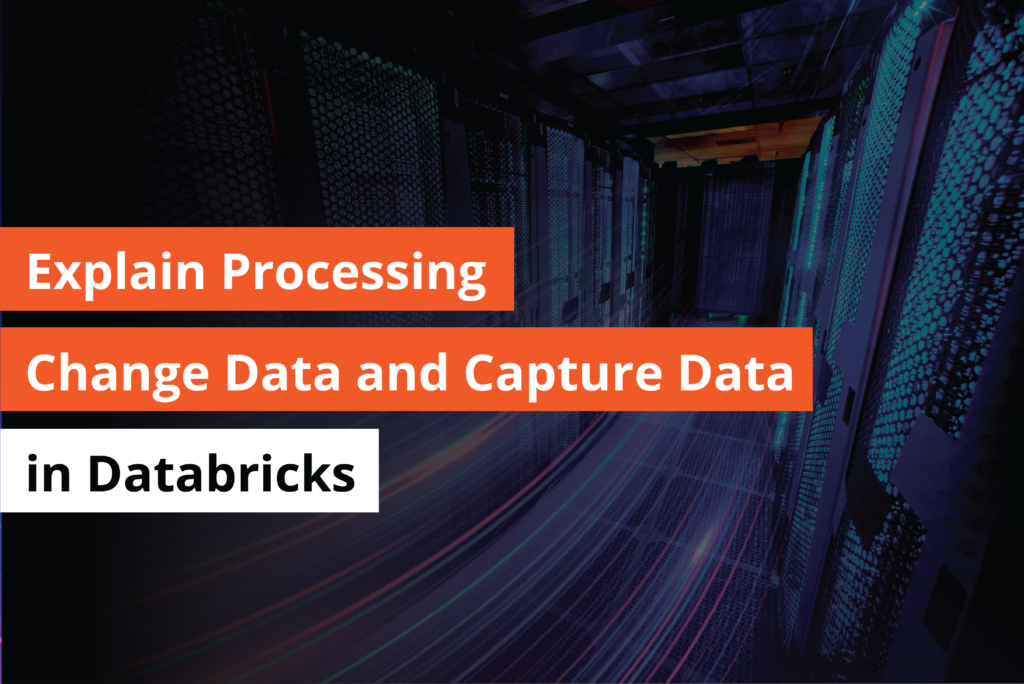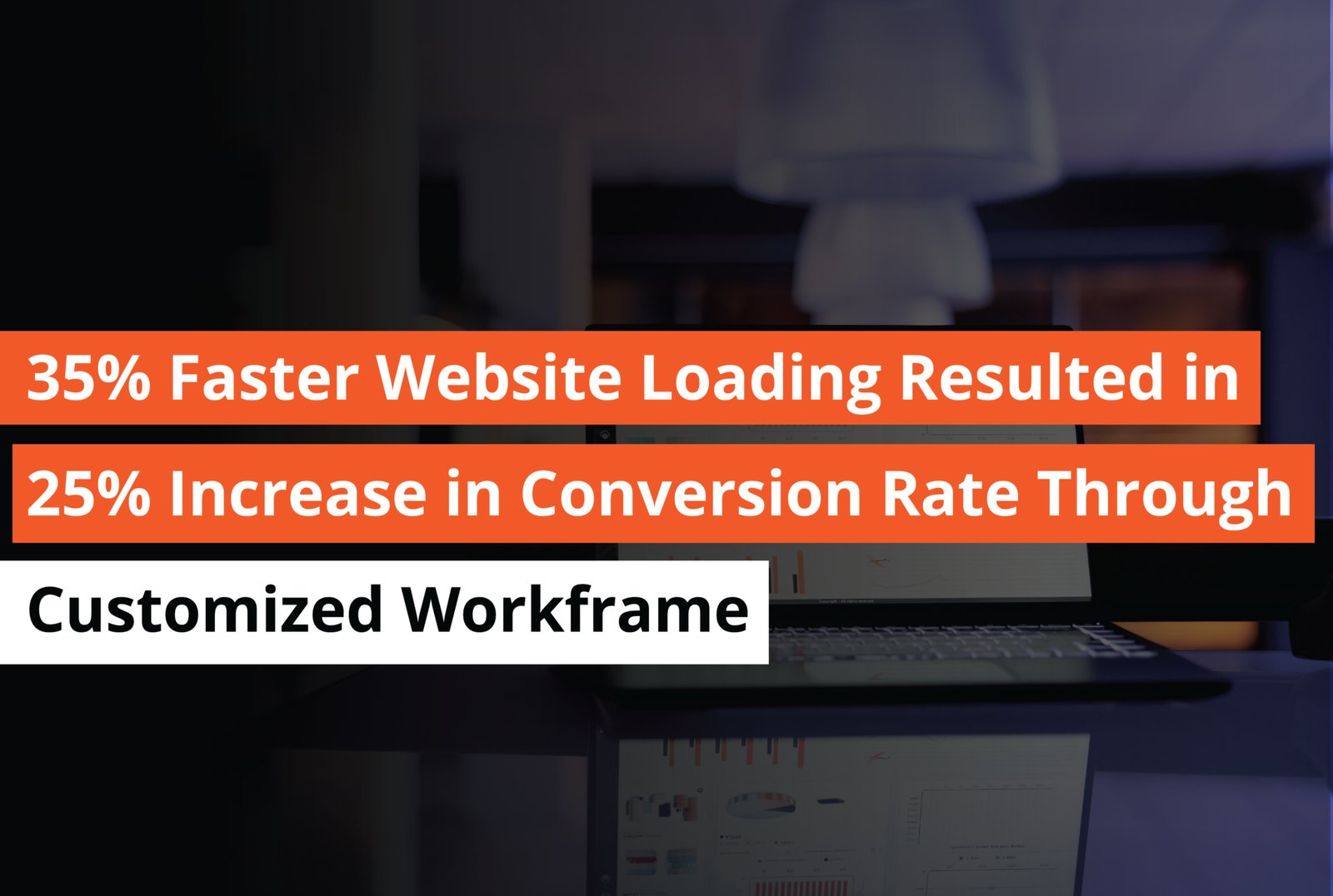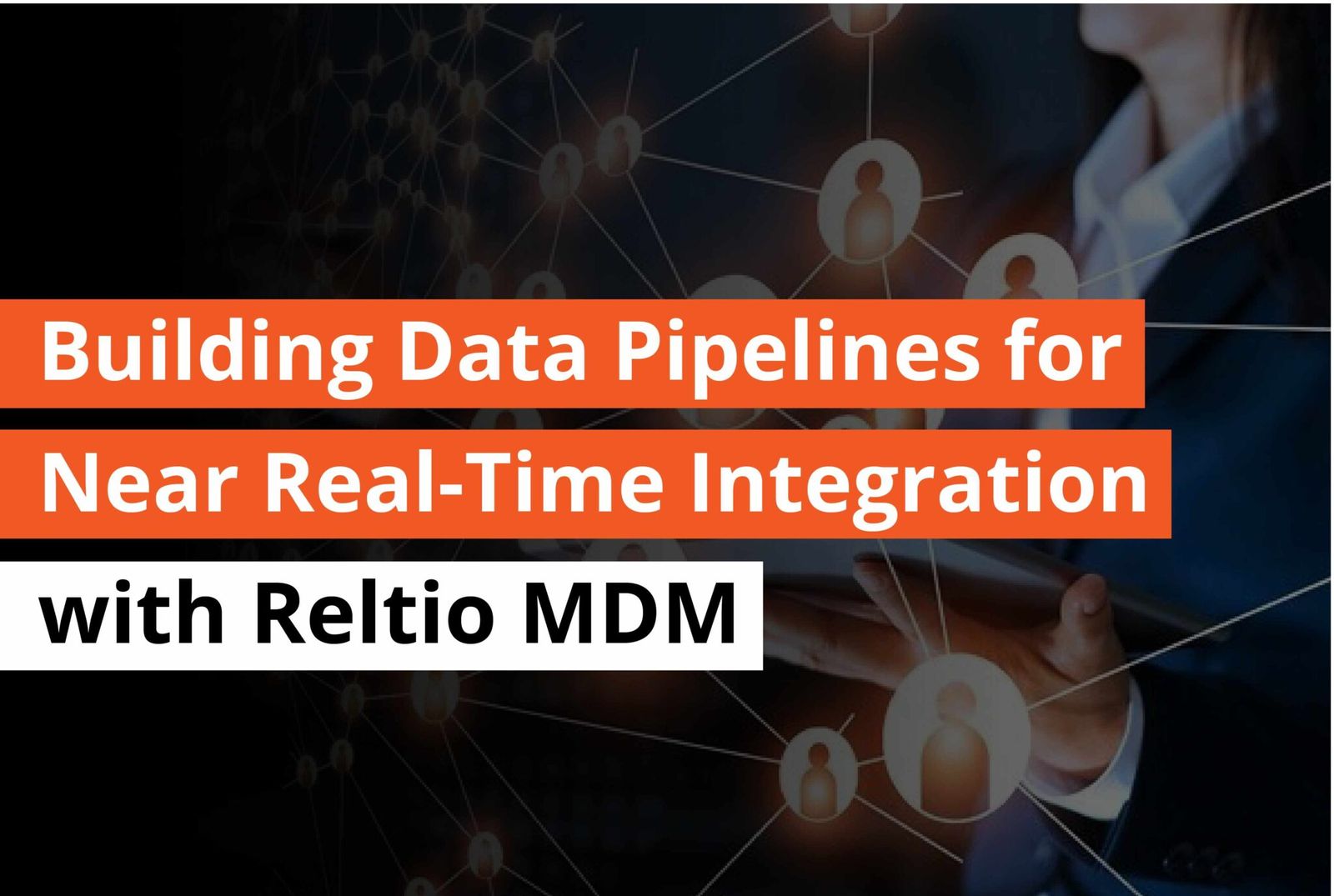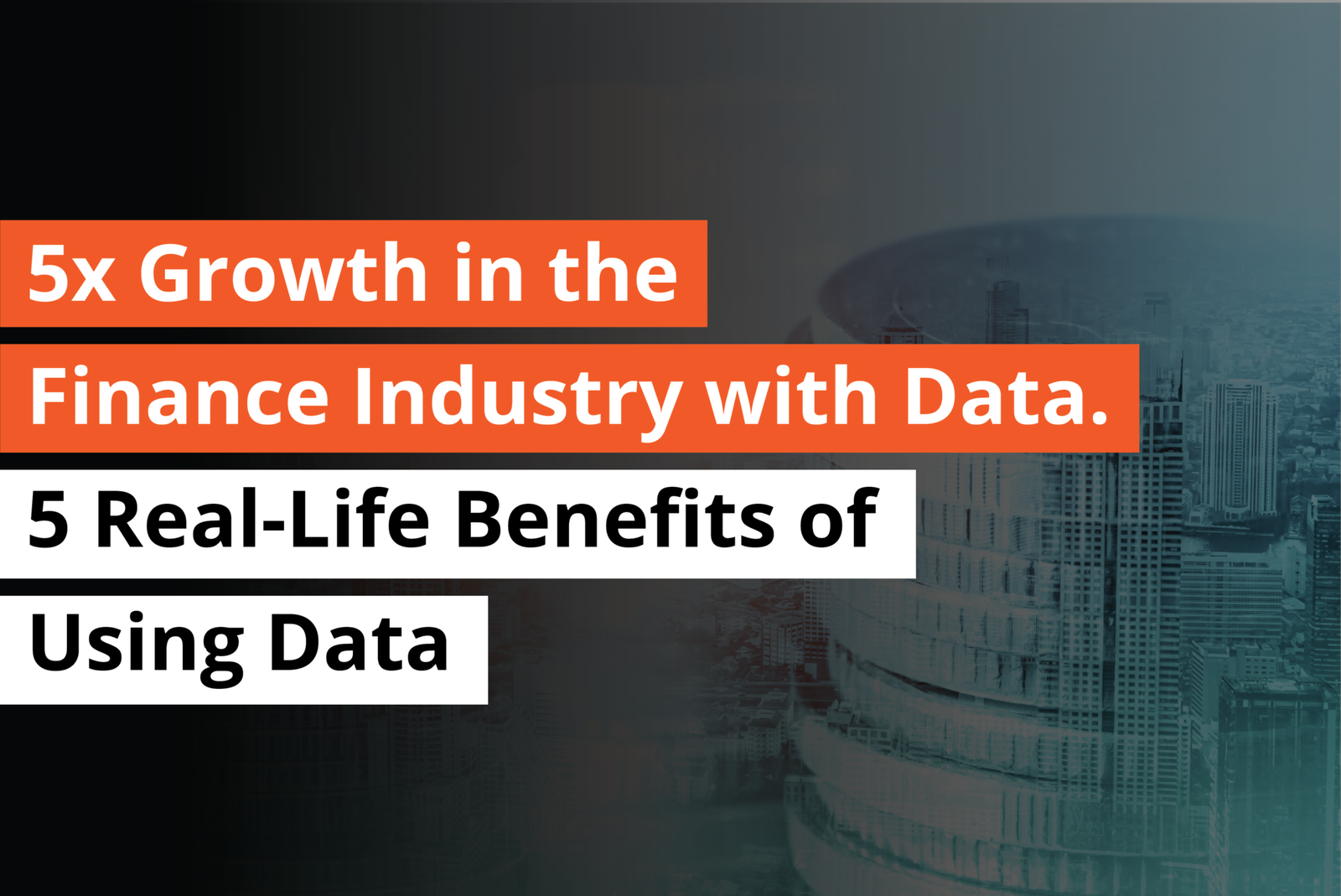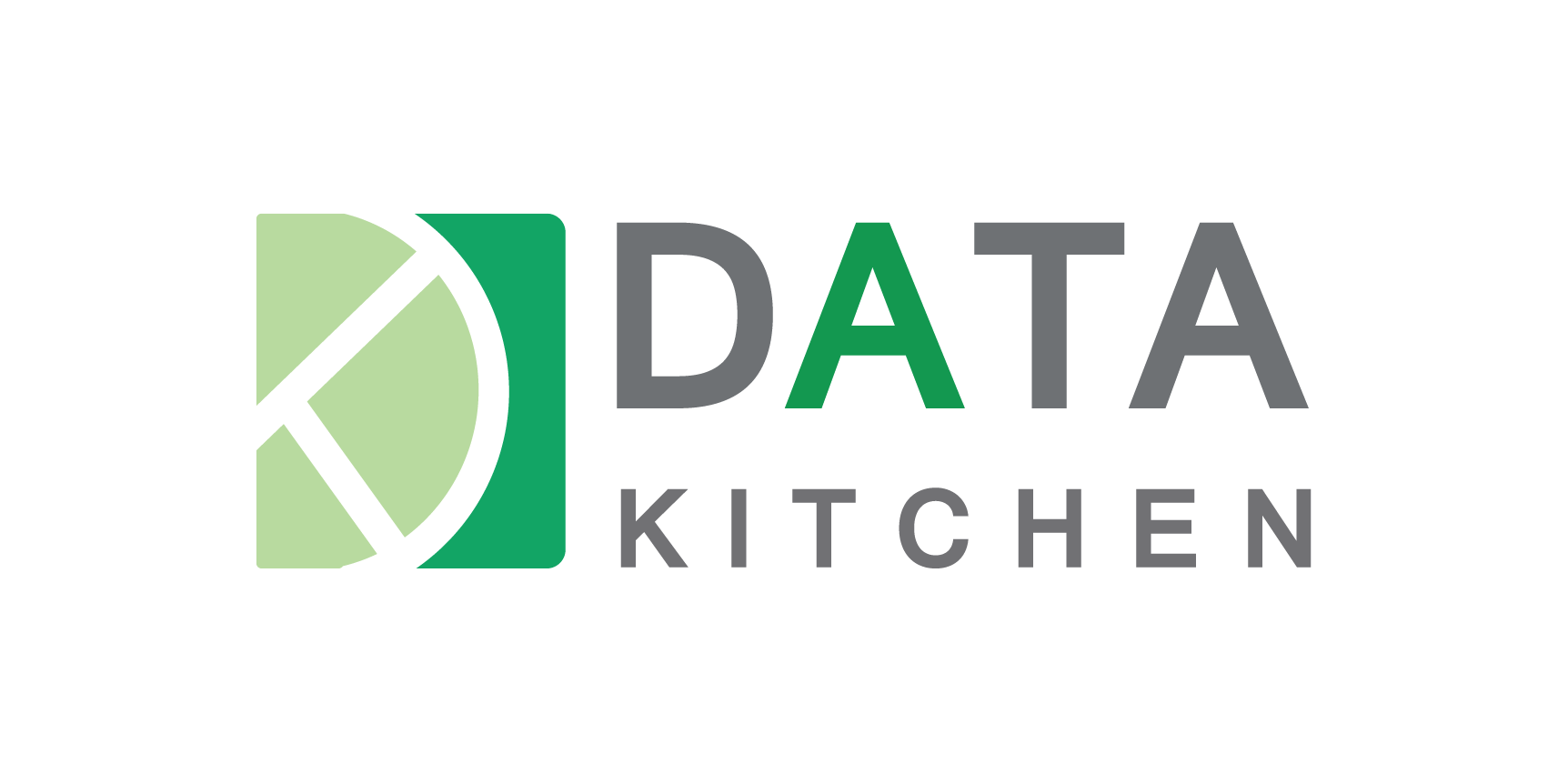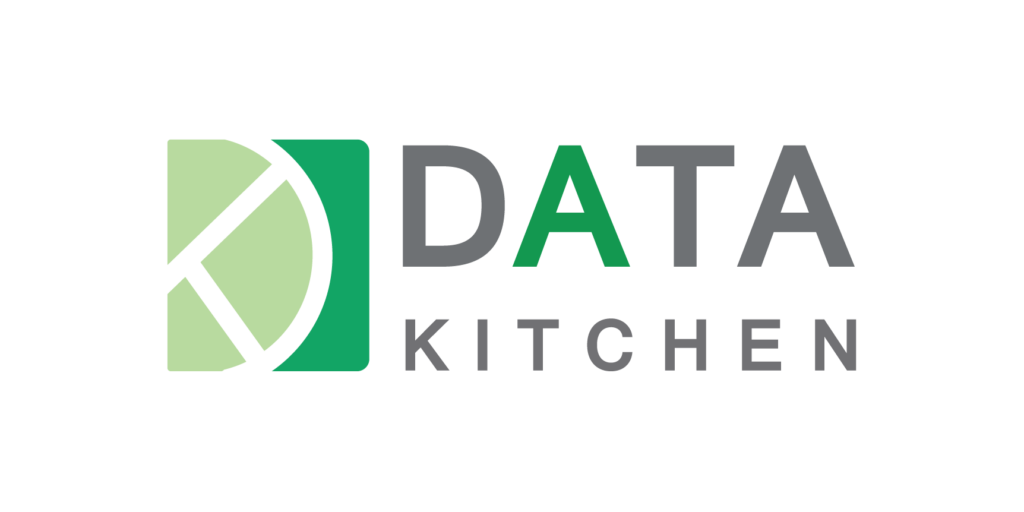Introduction
In today’s data-based business world, processing data that changes and capturing it efficiently is one of the most important steps for businesses trying to maintain their position in this competitive market. Databricks is a unifying database analytics system. This unique and useful system has become an increasingly popular option to manage and process large data. In this blog we will discuss the way Databricks, especially Azure Databricks and AWS Databricks manage changes data collection (CDC) and data processing. It does so by using the capabilities of Databricks Spark and Delta Lake Databricks technologies.
What is Change Data Capture (CDC)?
Change Data Capture (CDC) is a technique used to detect and record the changes to data that occur in the database. CDC allows live-time replicating, synchronizing and analytics by observing changes for example inserts, deletions and updates. This is necessary to keep your data up-to date across different systems, without the requirement for complete data reloads, increasing effectiveness and reducing the latency.
Databricks:
Databricks is a cloud-based platform. This platform is created to analyze and process big amount of data. Based on Apache Spark, Databricks provides an integrated system for data engineering, data science and machine-learning. It is compatible with many cloud providers, for example Azure and AWS and AWS, which makes it a flexible choice for businesses.
Benefits of Databricks
Below you may find some of the many benefits of Databricks:

- Unified Analytics: It effectively combines data engineering, science and machine learning in one platform.
- Scalability: Databricks can manage big data volumes easily.
- Flexibility: It provides flexible support to a variety of formats and data sources.
- Real-time Processing: Another good thing about Databricks is it offers real-time data processing capabilities.
Databricks on Azure and AWS
Azure Databricks as well as AWS Databricks are both implementations on the Databricks platform that run on Microsoft Azure as well as Amazon Web Services respectively. These integrations provide flawless scalability as well as security and performance by taking advantage of Cloud infrastructure from Azure along with AWS.
Capturing Change Data in Databricks
Capturing data changes within Databricks includes monitoring changes in data and efficiently processing them. This can be accomplished with Delta Lake. Delta Lake is an open-source storage layer that allows ACID transactions into Apache Spark.
Delta Lake Databricks
Delta Lake is a critical source of the Databricks ecosystem. This source is popular for providing secure data lakes. It guarantees data integrity efficiency, performance and management by providing ACID transactions as well as scalable metadata managing and the fusion of batch and streaming data processing.
Steps to Capture Change Data with Delta Lake
Make Delta Tables Storage of data inside Delta Lake tables to allow ACID transactions and effective processing of data.
A. Utilize Structured Streaming: Make use of Apache Spark’s Structured streaming to constantly process and record changes to information.
B. Use Change Data Capture (CDC) Logical Logic: Use Delta Lake features, for example MERGE to implement CDC logic to ensure changes are correctly recorded and processed.
c. An example Implementing CDC using Delta Lake in Databricks: Implementing CDC with Delta Lake in Databricks:
python
generated by pyspark.sql to import SparkSession
of delta.tables to import
spark = SparkSession.builder.appName(“CDC with Delta Lake”).getOrCreate()
# Load data into a Delta table
data = spark.read.format(“json”).load(“/path/to/initial/data”)
data.write.format(“delta”).save(“/path/to/delta/table”)
# Create a DeltaTable object
deltaTable = DeltaTable.forPath(spark, “/path/to/delta/table”)
# Implement CDC logic using MERGE changes = spark.read.format(“json”).load(“/path/to/changes”) deltaTable.alias(“target”).merge(
changes.alias(“source”),
“target.id = source.id” ).whenMatchedUpdateAll().whenNotMatchedInsertAll().execute()
D. Processing Change Data in Databricks
Processing data that has changed within Databricks uses its extensive capability to analyze and innovate the data it has collected. Databricks Spark is an implementation of Apache Spark. It plays an important role in this entire process.

- Key Components for Processing Change Data:
- Apache Spark: It provides distributed data processing capabilities. These capabilities make it ideal for managing big-scale data.
- Delta Lake: It guarantees data reliability and efficient storage. Also, it allows both batch and streaming.
- Structured Streaming: Processing change in Databricks allows real-time data processing and analytics.
- Steps to Process Change Data
A. Ingest Change Data: Use Structured Streaming to ingest change data in real-time.
C. Analytics of data: Analyze data to draw information from innovated dataset.
- Example: Processing Change Data with Structured Streaming
python
# Read streaming data
streaming Data = spark.readStream.format(“json”).load(“/path/to/streaming/data”)
# Refine transformations transformedData = streamingData.withColumn(“processed_time”, current_timestamp())
# Record the changed data into the Delta table transformedData.writeStream.format(“delta”).option(“checkpointLocation”, “/path/to/checkpoint”).start(“/path/to/output/table”)
- Benefits of Using Databricks to CDC in addition to Data Processing:

The advantages of using HTML for Data Processing and CDC
A. Real-time Analytics
Databricks provide real-time data processing which allows businesses to get valuable information and make quick decisions. Through Structured Streaming and Delta Lake businesses can process and analyze changes to their information in real time.
B. Scalability
Databricks can be scaled horizontally by managing huge amounts of data with no compromise in performance. This makes sure that, even as data increases, it is still efficient.
C. Flexibility
Databricks can manage different sources of data formats, formats, and processing methods, making it very flexible. When it comes to streams or batch data, or structured or unstructured data, Databricks will manage this effectively.
D. Advanced Data Management
Delta Lake improves Databricks’ capabilities to manage data through ACID transactions, schema enforcement, as well as time travel. These features provide data consistency, auditability and reliability.
E. Integration with Cloud Services
Databricks integration with Azure and AWS allows flawless access to many cloud services. This integration improves the platform’s capabilities by allowing advanced analysis, machine learning and data warehouse.
Databricks, whether located on Azure or AWS, provide a reliable and scalable platform to manage changes in data and processing. Its capability to combine real-time data processing and solid information storage makes it the best choice for businesses, who want to stay one step ahead in a data-based world. Through following the most effective practices and using the power of Databricks businesses can be sure that their data is reliable, current, accurate and ready to be used in an intelligent analysis.
Conclusion
The process of processing change data and recording the data into Databricks is a great way to make sure that you have up-to-date and accurate data for real-time analytics and making decisions. Through Delta Lake, Databricks Spark and Structured Streaming, businesses can effectively manage and process large-scale data.

I am the Founder and Chief Planning Officer of Complere Infosystem, specializing in Data Engineering, Analytics, AI and Cloud Computing. I deliver high-impact technology solutions. As a speaker and author, I actively share my experience with others through speaking events and engagements. Passionate about utilizing technology to solve business challenges, I also enjoy guiding young professionals and exploring the latest tech trends.




